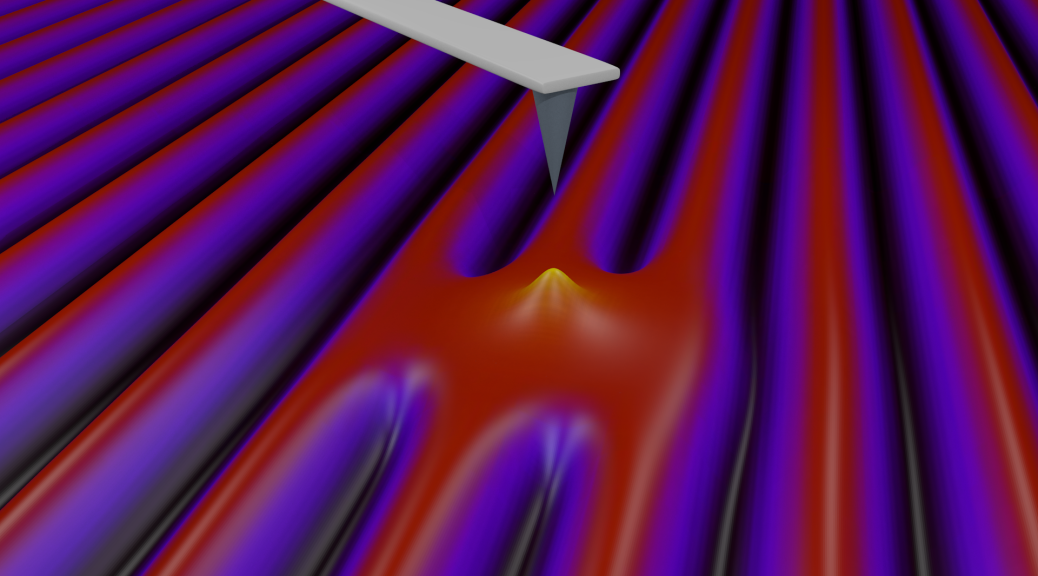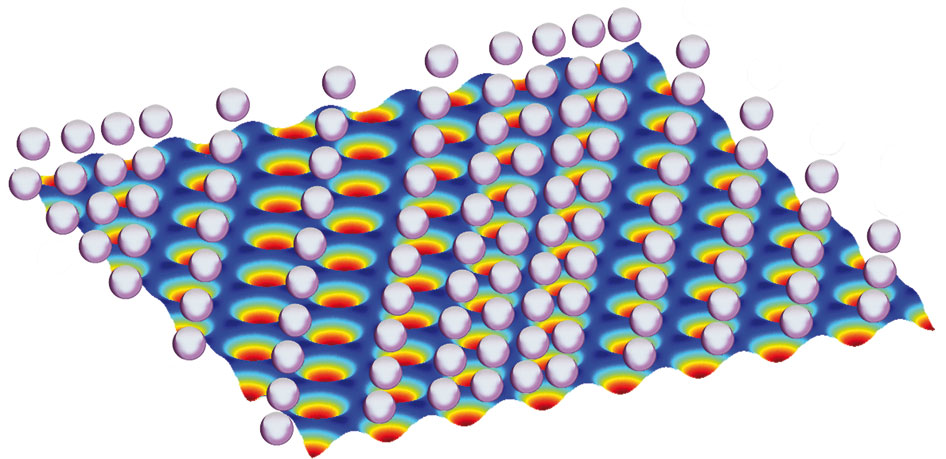A. Vigentini, B. Van Hattem, E, Diato, P. Ponzellini, T. Meledina, A. Vanossi, G.E. Santoro, E. Tosatti, and N. Manini, Phys. Rev. B 89, 094301 , (2014).
Abstract:
Recent highly idealized model studies of lubricated nanofriction for two crystalline sliding surfaces with an interposed thin solid crystalline lubricant layer showed that the overall relative velocity of the lubricant vlub/vslider depends only on the ratio of the lattice spacings, and retains a strictly constant value even when system parameters are varied within a wide range. This peculiar “quantized” dynamical locking was understood as due to the sliding-induced motion of misfit dislocations, or soliton structures. So far the practical relevance of this concept to realistic sliding three-dimensional crystals has not been demonstrated. In this work, by means of classical molecular dynamics simulations and theoretical considerations, we realize a realistic three-dimensional crystal-lubricant-crystal geometry. Results show that the flux of lubricant particles associated with the advancing soliton lines gives rise here too to a quantized-velocity ratio. Moreover, depending on the interface lattice spacing mismatch, both forward and backward quantized motion of the lubricant is predicted. The persistence under realistic conditions of the dynamically pinned state and quantized sliding is further investigated by varying sliding speed, temperature, load, and lubricant film thickness. The possibilities of experimental observation of quantized sliding are also discussed.




